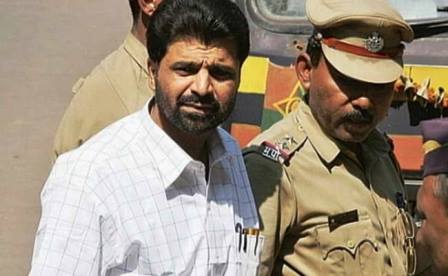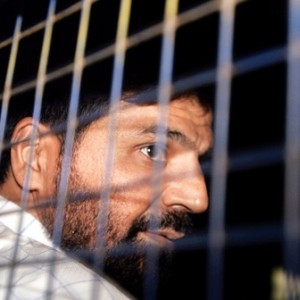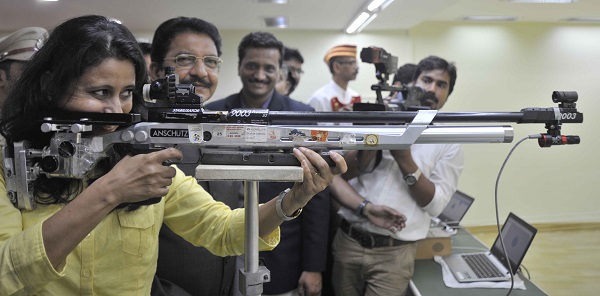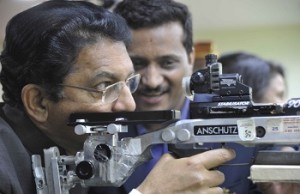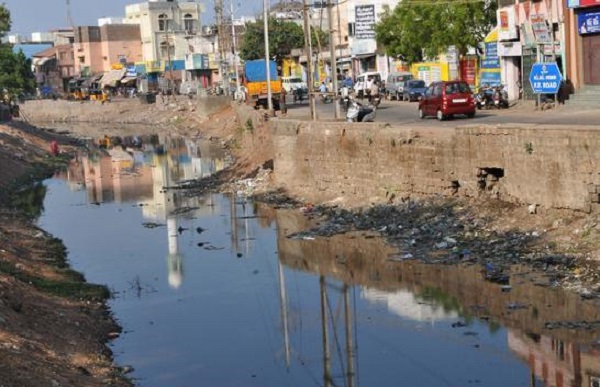We present 5 factors to consider when you get new office space, to create a good working environment for staff.
by Reyna Mathur
Many start-ups don’t have the resources to open shop in swanky locations. At least for the first two years of a start-up’s life, unless it starts doing phenomenal business from the word go, there is no option but to take up a location that suits the owner’s budget. Staff members just have to go with the working space till a bigger, better one is acquired.
Though any person will prefer to work in an upmarket, well-equipped office, many start-ups begin their professional journey as a hole in the wall. However, if the business owners go beyond only economics and look for a space that meets at least the most basic needs of employees, everybody will be happy.
Here are 5 things to consider when getting a new office space.
1.Account for the number of people you are hiring. If the nature of your business is such that staff will have only desk jobs, then you will need more seating space. Some of your staff members may have roving jobs, ie marketing and sales personnel, who will require a desk. However, you can have them share their desks with other staff when they are not at work. If possible, zero in on a space that has seating for at least two extra members in the team, plus a seat for the office boy.
2. Ensure the place has a toilet and water connection. Most offices, especially the ones located on the ground floors of residential buildings do not have water connections, so there will not be a toilet inside the office. Your staff cannot spend the day without a visit to the washroom, and they can suffer health complications because of it. However, if you find that there is simply no scope to put in a toilet in the office, find out what alternate toilet arrangements you can provide the staff. You must consider that if there is no toilet inside your office or a common facility close by, women will be the first ones to refuse to work for you.
 3. A pantry is a must. Every office should have a small pantry space, where the staff can brew tea or heat up their lunch or afternoon snacks. If you get an office with a spacious pantry space, your staff will love you for it. People like to share their lunch with each other and sit together and gossip over their afternoon tea, so if there is space to put in a common dining table, it will be a big advantage for your office. However, if there isn’t enough space for a pantry, at least ensure that you create a space for a hot plate, a microwave oven and a storage space for Styrofoam cups, sugar cubes, soup packets, spoons, plates, forks and knives. It can simply be created by segregating a suitable corner with a partition. A small refrigerator is also a bonus.
3. A pantry is a must. Every office should have a small pantry space, where the staff can brew tea or heat up their lunch or afternoon snacks. If you get an office with a spacious pantry space, your staff will love you for it. People like to share their lunch with each other and sit together and gossip over their afternoon tea, so if there is space to put in a common dining table, it will be a big advantage for your office. However, if there isn’t enough space for a pantry, at least ensure that you create a space for a hot plate, a microwave oven and a storage space for Styrofoam cups, sugar cubes, soup packets, spoons, plates, forks and knives. It can simply be created by segregating a suitable corner with a partition. A small refrigerator is also a bonus.
4. Check all electricity connections. When buying or leasing out an office space, you will need electricity connections for your mains, the air-conditioner, computers, water filters (if there is a water connection), printers, scanners, etc. If there are not enough plug points for all your machinery, you might need to get the space rewired and new points created as per future use. You should also check if the existing connections and fixtures work properly and all lines have been properly earthed. Take a look around to see if there is any existing leakage – if there is, there is a chance of it causing short circuits in the monsoon season. Get it rectified before you move in.
5. Check for security. In today’s times, we have to take care to ensure that our work environments are secure and there is no internal or external threat to the staff. Do not get an office in an area that suffers power outages in the evenings, and look for well-lit access roads leading to the office. Second, inquire what security measures the building has in place for the shops and offices in its premises. An armed security guard who takes down details of all visitors to the office is a bonus. However, if there is no security provided, you can install CCTVs at the entrance door, as well as a live security access door that can be clamped down under five seconds in case of a threat from outside. It is a good idea to install biometric access systems so that only bonafide staff can enter. Also ensure that the front door is fixed with shatter-proof glass panes. Inside the office, you must ensure your employees’ safety and security from theft. If necessary, install a CCTV system to keep a watch on the office floor.
(Pictures courtesy www.alliancevirtualoffices.com, www.tripadvisor.com. Images used for representational purpose only)



